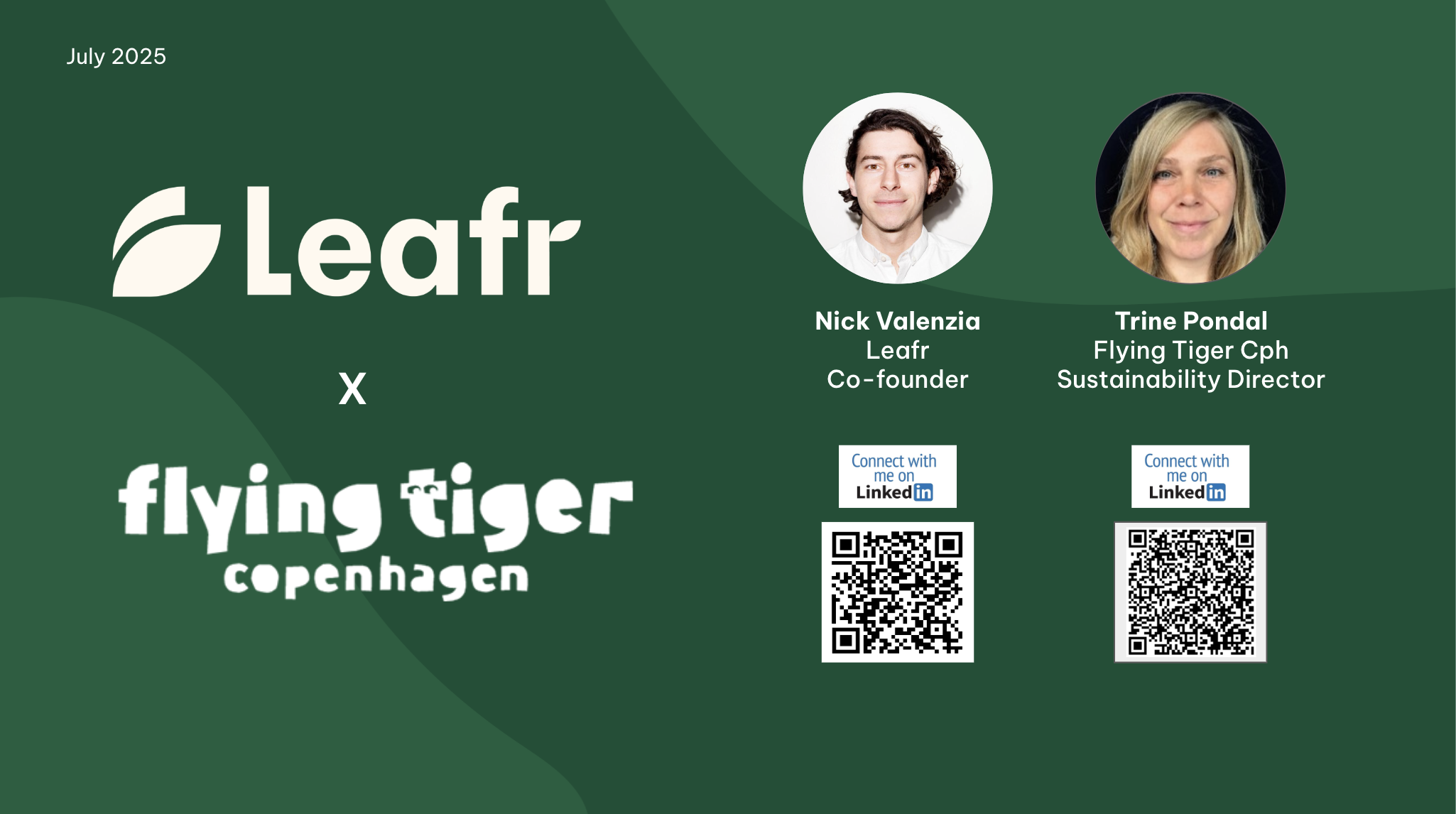How to freelance in climate & sustainability
Key steps for a sustainable freelancing career include joining climate communities, developing a niche, building an online presence, and maintaining client relationships while continuously updating skills and knowledge in sustainability.


Looking to become an independent freelance sustainability consultant? There are so many projects, technologies, trends and companies to get involved with, which can be daunting. But we wouldn't be doing our job if we weren't helping you to find ways to start! So, without further ado, here are our top tips for if you're starting out.
1. Find your community
As a start, finding the right communities is key. Luckily, there are a bunch of amazing spaces where you can find roles, and network with potential clients. Here are our top picks for the various climate communities that share freelancing roles.
- ClimateEU (Slack)
- Creatives for Climate (online community)
- Work on Climate (Slack)
- Climate Action Tech (Slack)
- Terra.do (learning community)
Finding a community also helps to foster long-term relationships with clients, and no just while you're on the job. Our advice is, don't just focus on one-off projects-aim to establish long-term relationships however you can. This could mean offering ongoing support or maintenance services, or simply staying in touch and keeping them updated on your latest work via these communities. By building a strong rapport with your clients, you'll not only increase the likelihood of repeat business, but also increase your chances of getting referrals and recommendations to other cool projects
(Of course, don't forget to attend in-person events where possible - their details are often shared on these Slack groups)
2. Subscribe to climate newsletters
We also recommend signing up to as many various climate newsletters as you can: they are fantastic for finding out more about the space, and once again, often come with jobs breakdowns (freelance or permanent).
Our picks:
- MCJ Collective (also check out their podcast)
- Climate Base
- Climate Tech VC
- Climate Draft
- Soapbox Project
- ClimeSumer
- ClimatEU (see above)
And of course: if you are accepted as a consultant with Leafr, you'll get access to our regular sustainability projects!
3. Develop your personal sustainability consulting brand
Finally, as with any other form of freelance work, developing your own proposition and offering to the world is critical as you start to consult for climate & sustainability clients. Our top 3 tips are:
1. Build a strong online presence.
This includes creating a professional website that showcases your portfolio and skills, as well as maintaining an active social media presence on platforms like LinkedIn and Twitter.
2. Specialise.
There are so many potential paths to follow within sustainability, and most organisations face issues as they try to address them all. In fact, that is one of the reasons why we exist! So instead of trying to be a jack-of-all trades generalist, try to specialise. Focus on one or 2 areas within sustainability where you have a specific skillset and interest.
This doesn't mean being the world's greatest expert in that area (although if you are, congratulations to you!). Instead, try to combine the skills you already have with an area within sustainability. For example, if you're a designer, skill up in sustainable design. Data analyst? Look into climate data analysis, or carbon accounting et cetera.
Doing this will make it easier to find projects. Companies generally look for specific skills, so the more you specialise the better.
3. Create a clear pricing structure and scope of work.
As an independent consultant it's important to be transparent about your pricing and the services you offer. This will help potential clients understand exactly what they can expect from you, and ensure that you are fairly compensated for your work. Consider offering different packages or hourly rates for different levels of service, and be sure to clearly outline the scope of work and deliverables for each project.
So, as a recap:
Network, subscribe to the right channels, and think about what sets you apart from others and how you can differentiate yourself in the market.
Use these to craft a compelling pitch to the right people that showcases how you can help clients solve their sustainability challenges.





















